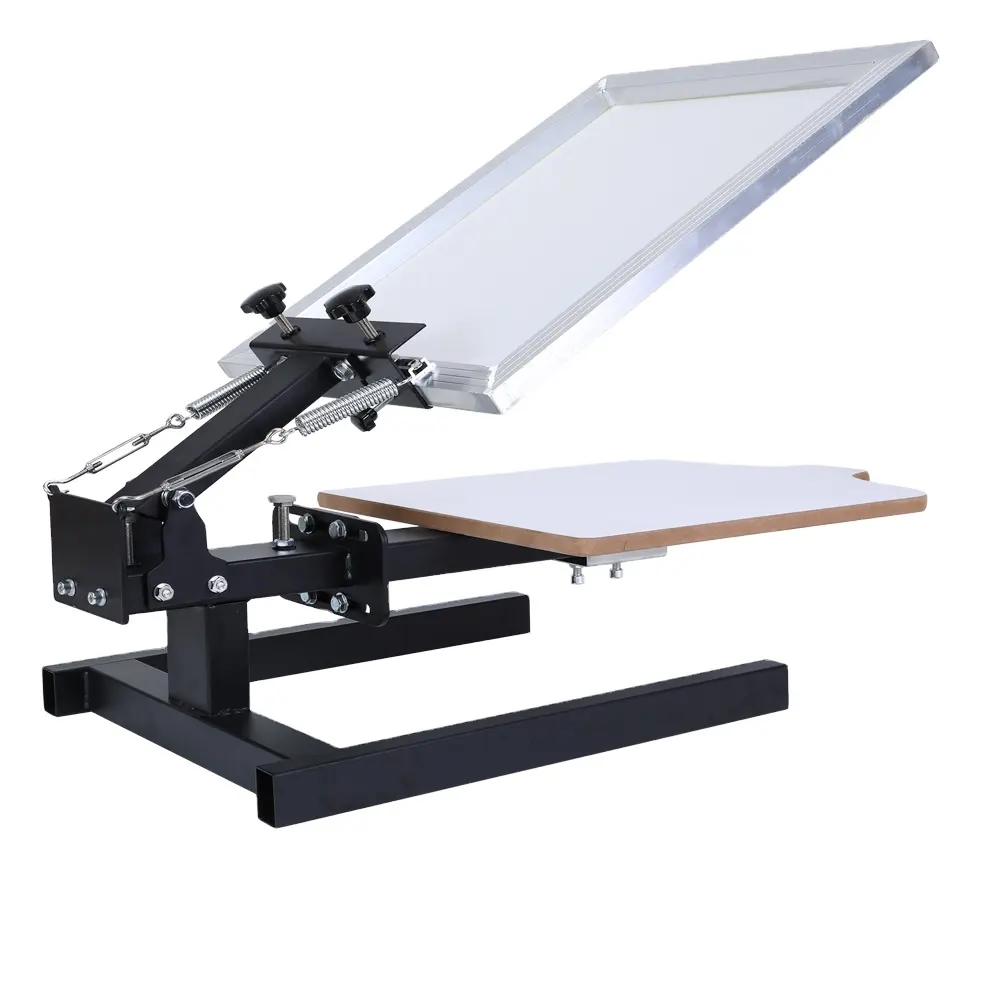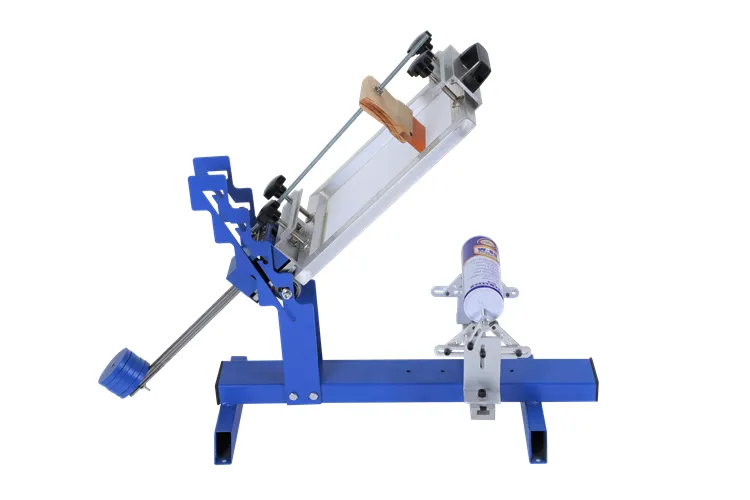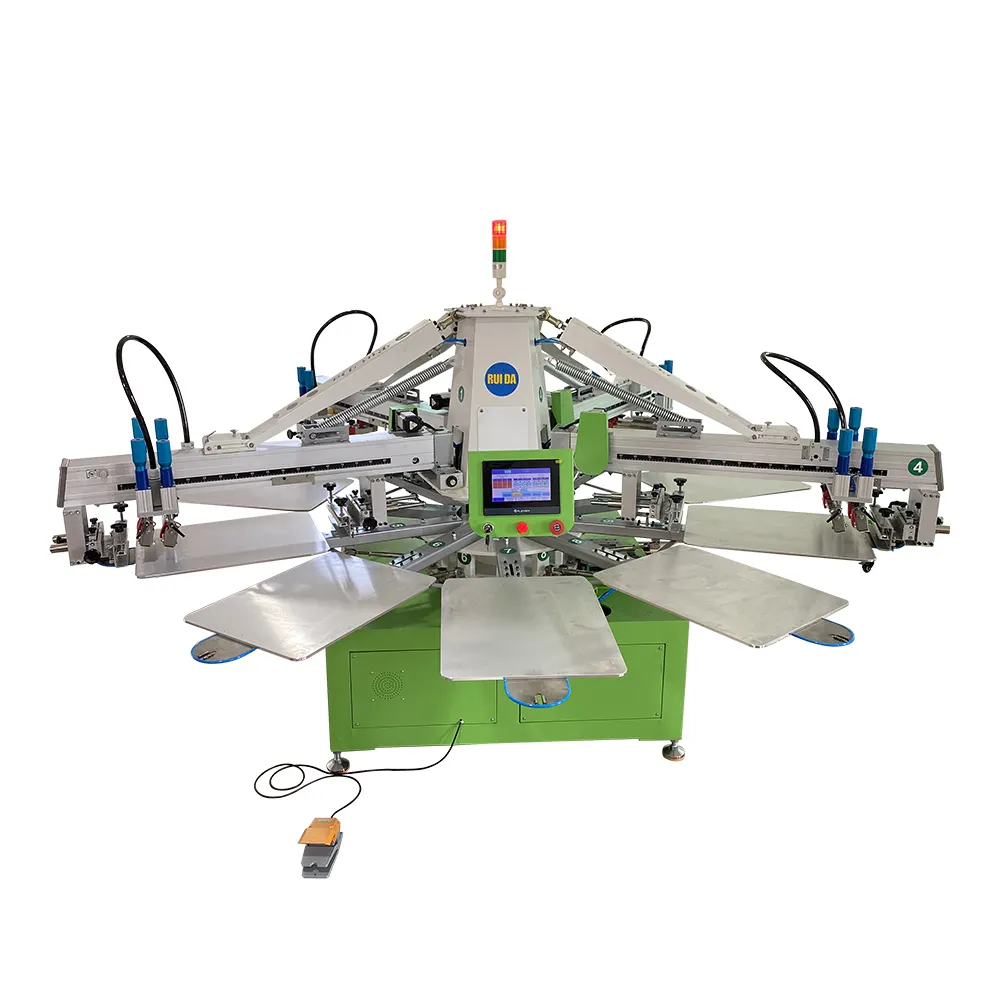how to use a screen print machine
A screen print machine is a versatile tool that enables users to transfer designs onto various surfaces through a mesh-based stencil process. The machine consists of several key components including a printing press, screens, squeegees, and a flash dryer. To operate, users first create or obtain artwork and prepare it for screen printing by converting it into separate layers for each color. The screens are then coated with photo-emulsion and exposed to light with the artwork, creating a stencil. The machine's micro-registration system allows for precise alignment of multiple colors. When printing, ink is pushed through the mesh onto the substrate using a squeegee, with the screen acting as a stencil. Modern screen print machines often feature adjustable print heads, pressure controls, and registration marks for accuracy. The process can accommodate various ink types including plastisol, water-based, and specialty inks, making it suitable for printing on textiles, paper, glass, metal, and plastic. Advanced models may include automated features such as automatic screen coating, exposure units, and conveyor dryers for high-volume production.


